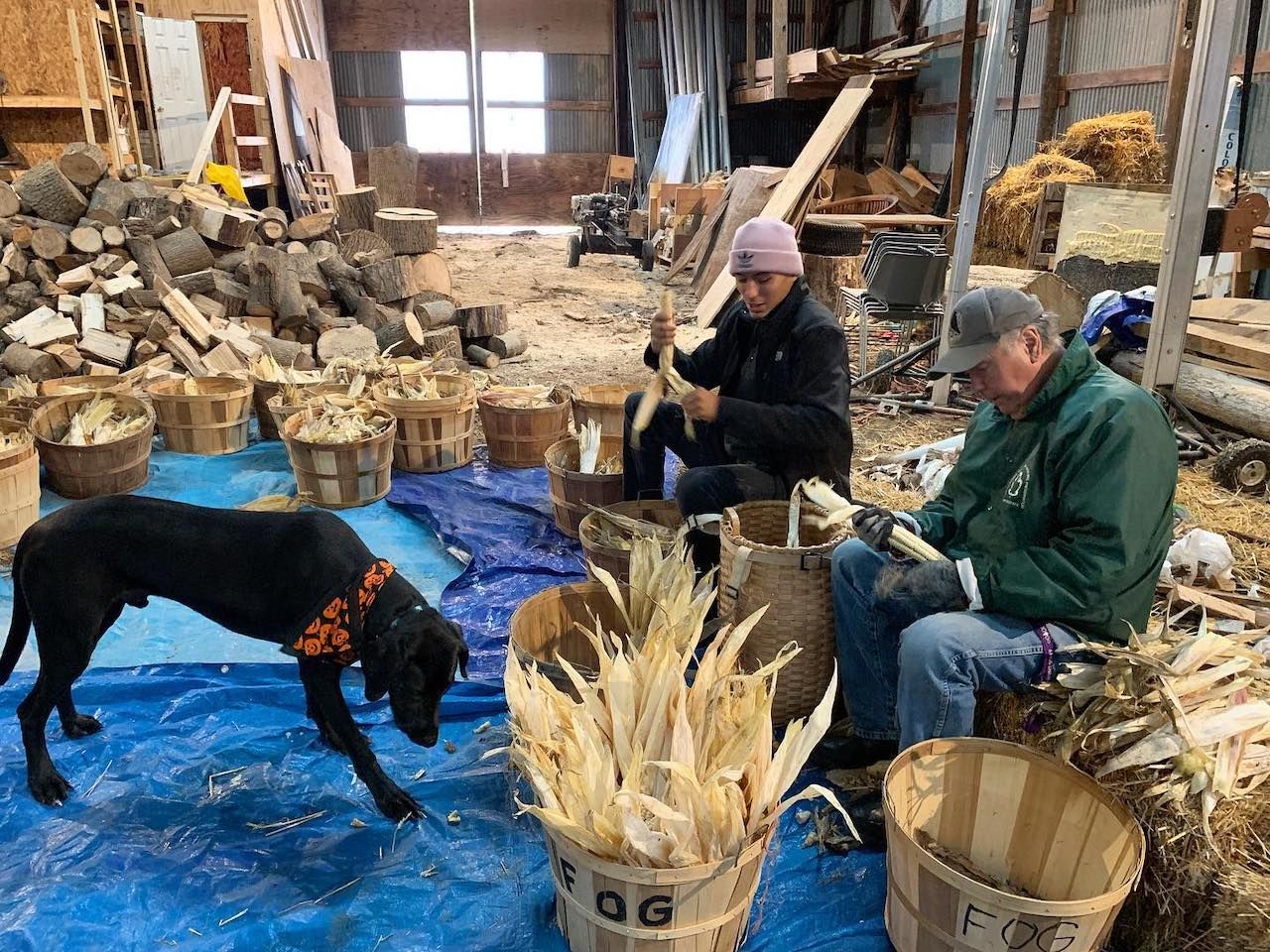A simple but powerful philosophy guided the work of Dr. John Mohawk, an activist, historian, and member of Seneca Nation: Sometimes you have to look to history to find the food that makes you feel best.
Mohawk, who lived on the Cattaraugus Indian Reservation, was a first-hand witness to the effects that displacement and reliance on processed food have on the Native American communities of western New York. He believed that revitalizing indigenous agriculture would be a step in the right direction, and he aimed to bring once-abundant white corn back to Iroquois land (the Seneca are one of six nations that make up the Iroquois people).


